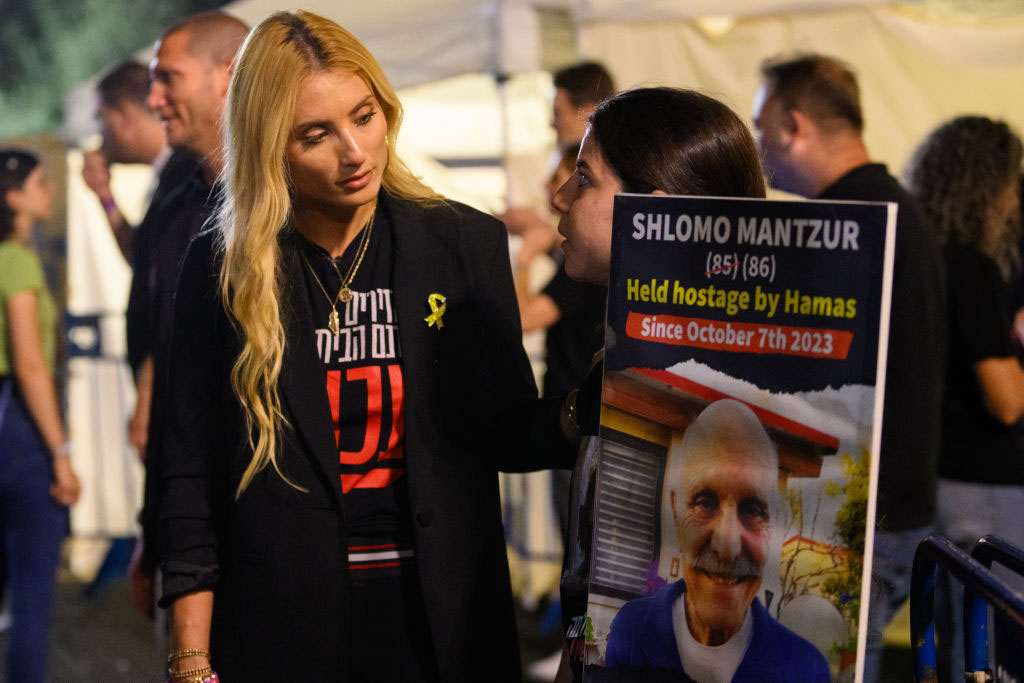
As I write this story, 77 people have died in the recent California fires and nearly 1,000 are unaccounted for. On news sites and social media, image after image shows people standing outside the shell of what was once a beloved home that was teeming with life and memories, and yet, I cannot get the image of Billiegirl, a burned tabby kitten, out of my mind.
Billiegirl was found lying on Billie Road in Paradise on Nov. 11. Her story initially brought many people hope, only to leave them with sorrow.
Nicknamed “Billiegirl” by social media users who were championing her recovery after a miraculous rescue, her body was charred from head to tail, so that curled up into a little ball, she looked as though she was covered in specks of blackened, burnt rice, her tiny eyes closed and her face wincing with pain.
Though I could barely bring myself to look at the photos, I was really rooting for Billiegirl; I love tabby kittens for many reasons, including the fact that we share the same name.
Billiegirl was placed in an incubator and treated for smoke inhalation and burns, and I and thousands of others held our collective breath and hoped for the best.
Ultimately, the kitten died. The severity of her burned body was too much to overcome.
As I think about the image of the burned tabby kitten, I wonder if something is wrong with me because my heart doesn’t break into a million pieces when I see images of what humans have lost. But I’ve seen no images of burned bodies from the recent California fires because, as a rule, media don’t print or broadcast photos of corpses for reasons of taste, and out of respect for families. What the public sees are images of burned homes, metal frames of charred cars, ruins of decimated landscape, and moments depicting both the confusion and gratitude of helpless animals.
Take, for example, a striking photo printed in the Los Angeles Times of an intrepid owl sitting alone on the sands of a Malibu beach and watching as the Woolsey fire approaches and ash gently pours down from the devilishly orange sky. The bird had most likely escaped from an area that, until a few weeks ago, was as peaceful as it was bucolic. Against the sea-kissed horizon and soft, brown sand, rather than a strong branch of a stately tree, the owl looks perilously, miserably out of place.
“Why is it often harder for us to see images of suffering animals than suffering humans?”
In another L.A. Times photo, two llamas are tied to a lifeguard stand, their eyes closed to shield them from the ash and wind. The sky, sand, and even the lifeguard tower are covered in such an orange haze that the entire photo looks as if it had fallen into a vat of orange dye.
Five hundred miles north, photographer Josh Edelson captured an image of two dogs standing alongside a deserted road at night. They seem listless and confused, roaming the burned-out remains of a neighborhood. The larger dog — a German shepherd — seems protective of his much smaller companion, who seems to alertly look for any life in the area.
In Paradise, an Associated Press photo shows another dog named Shiloh being comforted by her owner with loving strokes along her back. Much of Shiloh’s face is burned, including around her eyes and nose.
For me, the most heart-rending images from wildlife photographers were of the injured rabbits — their bodies completely charred and their eyes apparently blinded. When I think of rabbits, I am reminded of comforting softness, squeezable fluff, and above all, incredible speed. I had hoped that the rabbits would have escape the wildfires uninjured because they’re such fast creatures. How ignorant I was.
The devastating fires in California have shown that nature is nothing if not cruel, and man is nothing if not magnanimous.
They also showed a terrible irony. Animals, who belong to nature — who need neither supermarkets nor GPS systems to survive — were ultimately among the most disadvantaged when it came to escaping the thing they normally navigate far better than man: nature itself.
Many of the devastating animal stories from the fires centered around dogs and cats. Some of them had a happy ending. Others are awaiting what we hope will be a happy ending, such as the terrier who was hit by a car while escaping from flames and is now recovering, or the dog with charred paws that was found hanging from a fence. In a later photo, the dog was shown reclining in a hospital bed with casts on all four legs. There was also the horse who was found “shivering uncontrollably” in a backyard pool in Paradise, where she had sought shelter. The horse was entangled in deep water by the pool cover, which actually prevented her from drowning.
Local animal lovers took to social media to express concern over the zebras and other wildlife at Malibu Wine Safaris, including a beloved giraffe named Stanley who even made an appearance on “Keeping Up With the Kardashians.” You know you’re a giraffe in Los Angeles when a Kardashian tweets about your welfare.
Malibu Wine Safaris has accounted for all of its animals, except for one missing sheep.
Why is it often harder for us to see images of suffering animals than suffering humans? Why am I always tempted to give more to a homeless person who is sitting on the sidewalk alongside his or her dog, than one who is sitting alone?
Perhaps it is because we acknowledge that while people hurt people, animals, whether giraffes or German shepherds, never intend to hurt us — not emotionally, anyway. In fact, many people believe that animals need us.
I think it’s particularly hard for us to see images of injured animals — such as rabbits with their ears burned off — because their suffering throws a painful wrench in something most of us believe: that animals rule nature, and that they are far better at mastering the natural world than we are.
We admire animals for their endurance, resilience and natural instincts to survive in a world filled with storms, predators and hunger. We assume that in times of natural disasters, they will be the first to escape, using their raw instincts and prowess. The indescribably devastating fires of the past month have shown that, rather than being the first to escape, they were often helplessly, painfully, the last.
Tabby Refael is a Los Angeles-based writer.






















 More news and opinions than at a Shabbat dinner, right in your inbox.
More news and opinions than at a Shabbat dinner, right in your inbox.